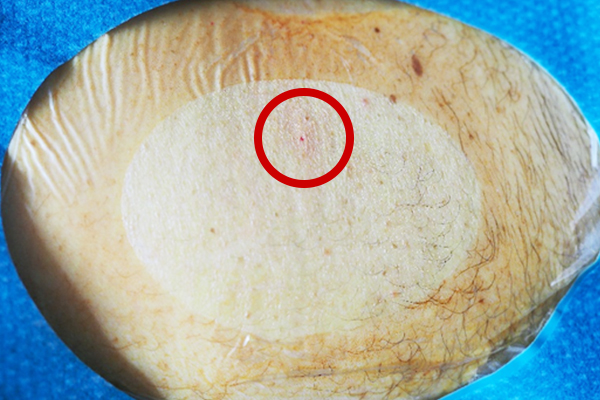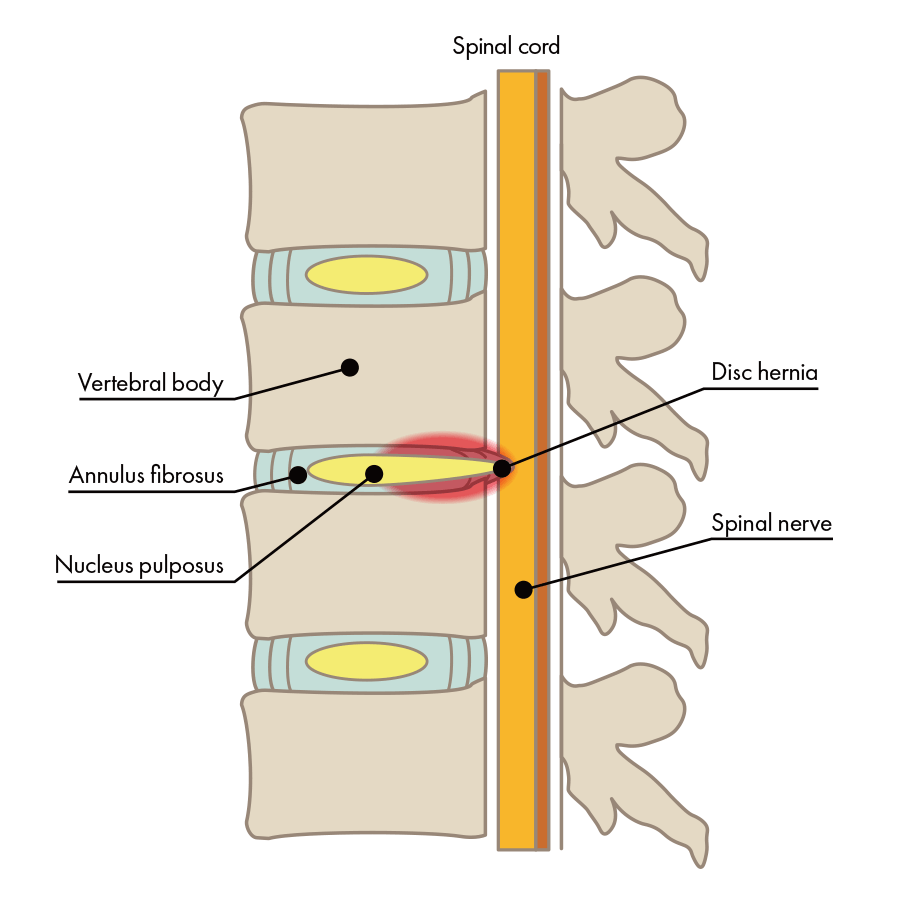Frequently Asked Questions
About medical consultation
-
- Q
-
What should I do if I want to undergo an examination at NLC clinic?
- A
-
Visiting our clinic is by appointment only. Please make sure to contact us and set up an appointment prior to you visit, because if you come to the clinic without such, you will not be able to see the doctor on that day. On the day of the examination please bring to the 3rd floor your Japanese health insurance card and medication record booklet ( if you have ), and the forms that you have preciously received from us.
-
- Q
-
What should I do if I want to see the doctor again?
- A
-
You will need to call us in advance and make a reservation.
-
- Q
-
What if I cannot reach you on the phone?
- A
-
We apologize for the inconvenience caused. Please try again to contact us through Wechat, WeChat, WhatsApp, e-mail or the inquiry form on our website.
-
- Q
-
I want to change or cancel my appointment.
- A
-
Please try again to contact us by Wechat, Whatup, Skype, phone, e-mail or the inquiry form on our website.
-
- Q
-
Is it possible to have a medical examination in a wheelchair?
- A
-
Our clinic is fully barrier-free, and patient's in wheelchairs or with disabilities can visit the clinic comfortably and with ease. The restrooms are also spacious and equipped with handrails. If you have any inconvenience, please feel free to ask our staff for help.
-
- Q
-
Is it possible for foreign patients to visit the clinic?
- A
-
Yes, it is possible. If you have difficulty communicating in Japanese, our foreign language support staff will guide you. Supported languages: English, Chinese, Russian.
-
- Q
-
Do I need a letter of introduction?
- A
-
Letter of introduction is not required.
-
- Q
-
Do you treat cervical spine?
- A
-
Currently cervical spine treatment is not provided. We are considering to implement it in the future and will post an announcement on our website when the treatment becomes available.
About medical examination
-
- Q
-
Is it possible to take MRI or X-ray at your clinic?
- A
-
Yes, we can. If you have an MRI and a CD-R of X-ray images already taken, you can bring them to us for medical examination. If you bring only MRI images or only X-ray images, we can take the rest for you.
-
- Q
-
Are there any restrictions on eating and drinking the day prior to the examination?
- A
-
There are no particular restrictions.
-
- Q
-
Is it allowed for the patients to be accompanied during the examination?
- A
-
Yes, it is allowed. The medical examinations provided at our clinic are the least burdensome for patients and their families. In order to prevent the spread of the COVID-19 virus infection, a maximum of three persons, including the patient, may be present at the examination. Thank you for your understanding.
-
- Q
-
What should I wear during the examination?
- A
-
You will be asked to change into an exam gown, so please come to the clinic with comfortable clothing that allows you to change easily.
About treatment
-
- Q
-
Please tell me about the treatments available at your clinic.
- A
-
For detailed information about our treatment options, please follow the link bellow.
-
- Q
-
About the risks related to the outpatient treatment methods provided at out clinic and those related to surgical operation.
- A
-
Surgical operations usually involve cutting through skin, flesh and bone under general anesthesia, and sometimes metal screws and plates are used to fix the spine. The high pain level related to surgical operations is controlled with opioids, but very often rehabilitation of weak elderly patients is postponed by a long recovery in bed and may leave them bedridden. For patients with medical conditions (diabetes, emphysema, angina pectoris, stroke), there is a risk of complications such as infection of the area fixed with the screws , pneumonia, myocardial infarction, and stroke after the surgery. Even patients with no accompanying diseases can be at risk of nerve damage, and a relatively simple procedure like disc hernia removal operation can cause paralysis in a small percentage of the cases. All of the treatment methods we perform at our clinic are done under local anesthesia. Instead of a scalpel, a thin 0.8~1.0 mm needle is used, so unlike surgery less damage is done, which makes these methods safe for patients regardless of their age and overall health condition. The degree of burden on the body is about the same as a tooth extraction. For such procedures fluoroscopes are used to make sure that nerves are avoided while inserting the needles. Our clinic is equipped with a high-resolution fluoroscopy system similar to what is used for cardiac catheterization, because we take safety very seriously. In rare cases, the inserted needle may touch a nerve and cause temporary numbness, but due to the thinness of the needle it is extremely unlikely for the nerve damage to remain permanent. Our clinic director has treated about 5,962 patients and there has not been a single case of nerve damage.
Our Clinic's Tools

Conventional Tools

-
- Q
-
How much of a scar will remain after the operation?
- A
-
Since the treatment is done with a 0.8mm needle, the scar will be almost invisible on the following day.

-
- Q
-
How many days after the outpatient treatment at our hospital and conventional surgical operations are needed to expect any results?
- A
-
Since surgical operations are meant to physically remove deformed bones and tissues, improvement in leg pain can be expected in about one to three weeks after the operation. Even after undergoing outpatient back pain treatment at our clinic the improvement occurs gradually over the course of weeks and months. In the day case of the back pain treatment we offer at our clinic, there is a gradual improvement over time after the treatment. The Discseel® Procedure is designed to improve the symptoms by repairing the damage of the intervertebral discs that is the cause of disease, and letting them regenerate naturally. It may take up to 6 months for the disc tissue to regenerate, depending on the individual.
-
- Q
-
What is the difference in recurrence rates between our outpatient treatment and surgical procedures?
- A
-
Surgical procedures that began in the 1960s aimed to remove protruding disc tissue and sometimes fix deformed bones, but new bone damage caused by screws and the lack of fundamental treatment led to the appearance of new back pain and high recurrence rates. Therefore, in the 1980's, there was a need for a fundamental treatment, and this is when intervertebral disc treatment, which is also performed at our clinic, came out. At present, non-surgical treatment has evolved to stem cell transplantation and Discseel® Procedure. In particular, the Discseel® Procedure has a demonstrated effect to repair and regenerate intervertebral discs, improve symptoms, and lower recurrence rates.
-
- Q
-
Is outpatient treatment possible after undergoing a MED procedure (endoscopic discectomy) ?
- A
-
If you the patient has recurrent back pain after a surgical operation, not limited to the MED method, he can be treated at our clinic if outpatient treatment is indicated.
-
- Q
-
What are the reasons to perform vertebral disc treatment instead of surgical operations such as spinal fusion and decompression?
- A
-
Since the actual cause of back pain associated with various diseases many times has something to do with the vertebral discs, it is believed that fundamental disc treatment is what is necessary to take care of it. The Discseel® Procedure is one of our outpatient treatment options that have less burden on the body compared to conventional surgical operations and can be applied according to the patients condition.
-
- Q
-
Are there any restrictions on eating and drinking on the day of the operation and the day prior to it?
- A
-
Please refrain from drinking alcohol. Other than that, there are no eating and drinking restrictions.
-
- Q
-
Is it possible to watch the operation?
- A
-
Yes, it is possible. If they wish, family members of the patient are allowed to watch the operation through a glass window from a room adjacent to the operation room.
-
- Q
-
How long after the operation can I start exercising?
- A
-
You can return to your daily life from the next day after treatment. We also recommend walking and exercising as much as possible. However, there are some exercises and daily activities that you need to refrain from.
-
- Q
-
When do you take a bath after treatment?
- A
-
Please refrain from doing so on the day of surgery. The day after the surgery, you can take a shower only. You can take a bath from the second day after surgery.
Other questions
-
- Q
-
Can I be hospitalized?
- A
-
Our clinic is not an inpatient facility, so we cannot admit patients.
-
- Q
-
Is there a parking lot available at the clinic?
- A
-
Our clinic does not have a parking lot. Please use one of the many self-service parking lots nearby.
-
- Q
-
Is there a bicycle parking space available at the clinic?
- A
-
We have a bicycle parking space on the left side of the clinic's entrance.
-
- Q
-
Can I pay with a credit card?
- A
-
We accept payment credit card.
-
- Q
-
Can you issue a medical report/certificate for me?
- A
-
Yes, we can issue medical certificates for our patients, if they need such. Please make sure to specify the format in advance. Please note that you need to specify the format of the medical certificate in advance, and that it takes about seven working days for us to prepare it.
-
- Q
-
Is there a smoking space in the clinic?
- A
-
No smoking is allowed on the premises of NLC clinic.
Targeted Conditions
-
Disc Herniation

-
Spinal Canal Stenosis

-
Sciatica

-
Spondylolisthesis

-
Disc Degeneration

-
Lumbar Spondylosis

- HOME/
- Frequently Asked Questions









